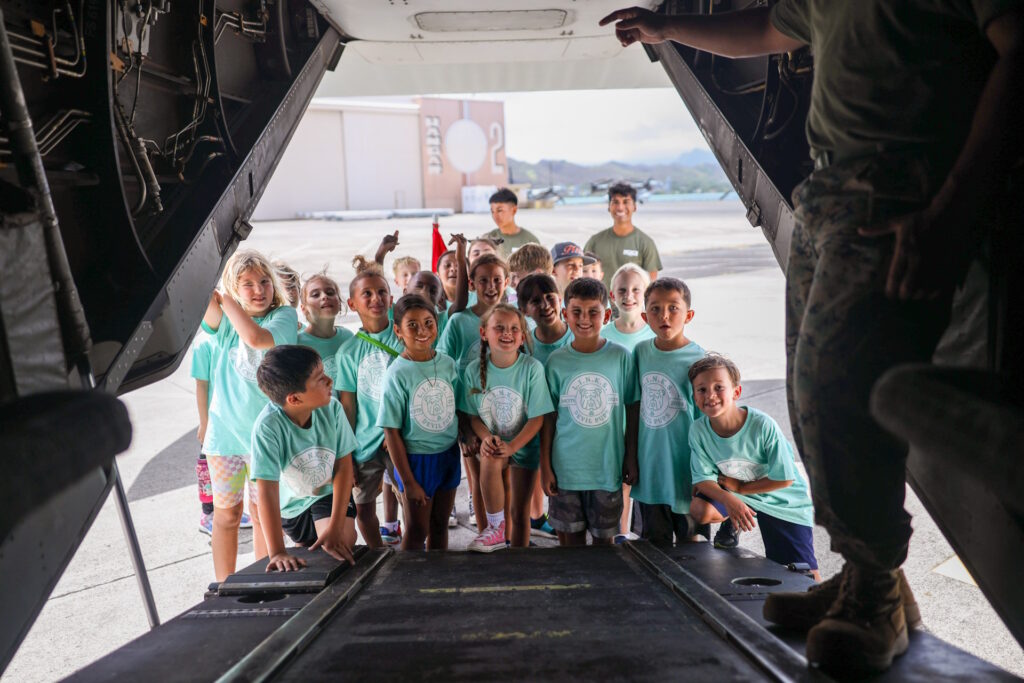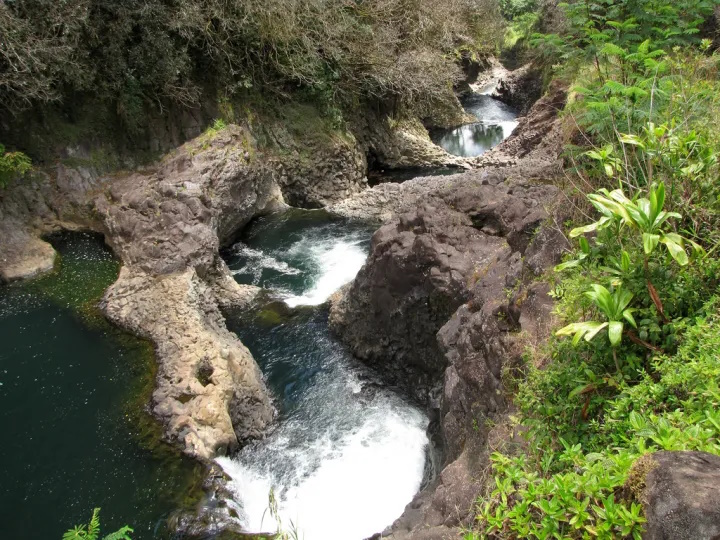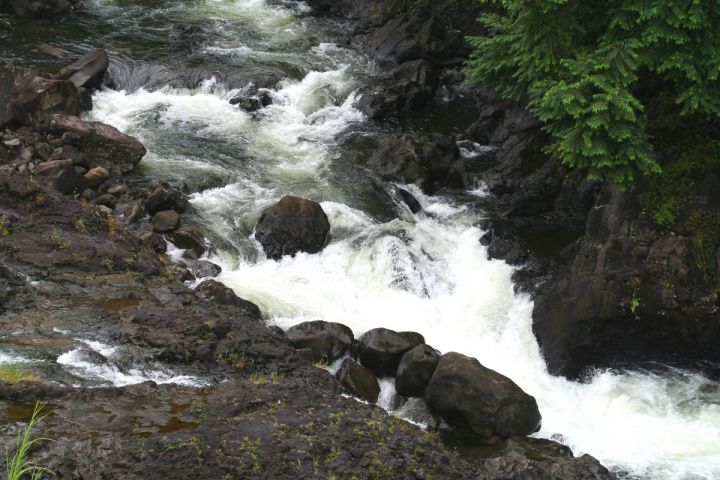“Our native forests are being rapidly depleted through the operation of several factors. Opinions may differ as to the relative importance of these factors, but the undeniable fact remains that the forests are disappearing at an alarming rate and the denudation has already gone so far on many of our important watersheds as to jeopardize the water supply obtained therefrom.”
“Cattle and Hilo grass are the most potent factors in bringing about the final elimination of our native forest trees, shrubs, vines and ferns.”
“The first problem to be considered in any constructive forestry plan should be the protection and preservation of our native forests; in other words, we should take steps to keep what we still have.”
“To do this we must build fences to keep out animals and plant barrier forests of strong introduced trees to hold back and smother out the Hilo grass.”
“In selecting trees and shrubs for our forest planting, we should give preference to those that show ability to spread spontaneously through the free production of seed that will be carried by natural agencies such as wind and birds.” (Watt, McLennan, Knudsen & Lyon; Hawaiian Planters Record, Vol XX, 1919)
“There are water-conserving native forests still covering areas of considerable extent in these Islands …. These forests are doomed to destruction if prompt protective and constructive measures are not adopted for their preservation.”
“If we would save what is left of our native rain-forests we must eliminate the cattle now present in them, prevent their further invasion by stock with proper fences, and build barrier forests along their exposed edges.”
“These measures should be instituted at once, not in one small area only, but throughout the Islands wherever there is a native forest of any extent.”
“Some seem to think that reforestation in these Islands means the immediate replacement of the native trees with foreign stock. Such a course is altogether inadvisable.”
“We should first save what we still have in the way of forests and create our new forests on the large areas from which the native forests have nearly or quite disappeared.”
“At a recent meeting of the Committee on Forestry of the H. S. P. A., the following resolution was adopted: ‘RESOLVED, That it is the desire of this Committee that the preservation and extension of the native forest be the main consideration in all planting operations undertaken on our forest areas.’” (Hawaiian Planters Record, Vol XX, 1919)
“The primary object of all forest plantings on our watersheds must be to revive and create plant formations, including trees, shrubs, ferns and mosses, which will grow in a harmonious society and afford the greatest possible water-conserving capacity. No pure-culture forest can equal a mixed plant society in this respect.”
“Reforestation as commonly dealt with in text-books on forestry or as practiced by foresters in various parts of the world, aims at the creation of pure-culture forests.”
“Our reforestation problem is, therefore, unique; we have no precedent to go by. Ecological botanists have, however, supplied us with many careful analyses of such forest formations as we desire to create on our own watersheds.”
“Our problem is to build similar forest-formations, using such material as is already available in the Islands, and importing such additional material as is needed to round out our new plant societies.”
“The forest-formations which we must create are of two general types: barrier-forests and deep or interior rain-forests.”
“I employ the term barrier-forest to include the plant formations which must constitute the outer exposed edge of our forests and form the transition from denuded areas to rain-forest.”
“We should first concern ourselves with these barrier-forests, for such forest-formations must be built up along the exposed edges of all the existing remnants of our native rain-forests if these remnants are to be preserved, and they must also be constructed along the margins of any area on which we could create a new rain-forest.”
“It is then quite evident that the barrier-forest must be constructed first in any reforestation project we may undertake. It follows, therefore, that our first problem is to get together the proper components for a barrier-forest formation.”
“Experimental plantings looking toward the building of rainforest formations can be started as soon as plants are available for the purpose.”
“This work must progress more slowly than that in the barrier-forest formations and should be undertaken first on denuded areas where the native forest has nearly or quite disappeared.” (Lyon; Proceedings of the HSPA, 1919)
































